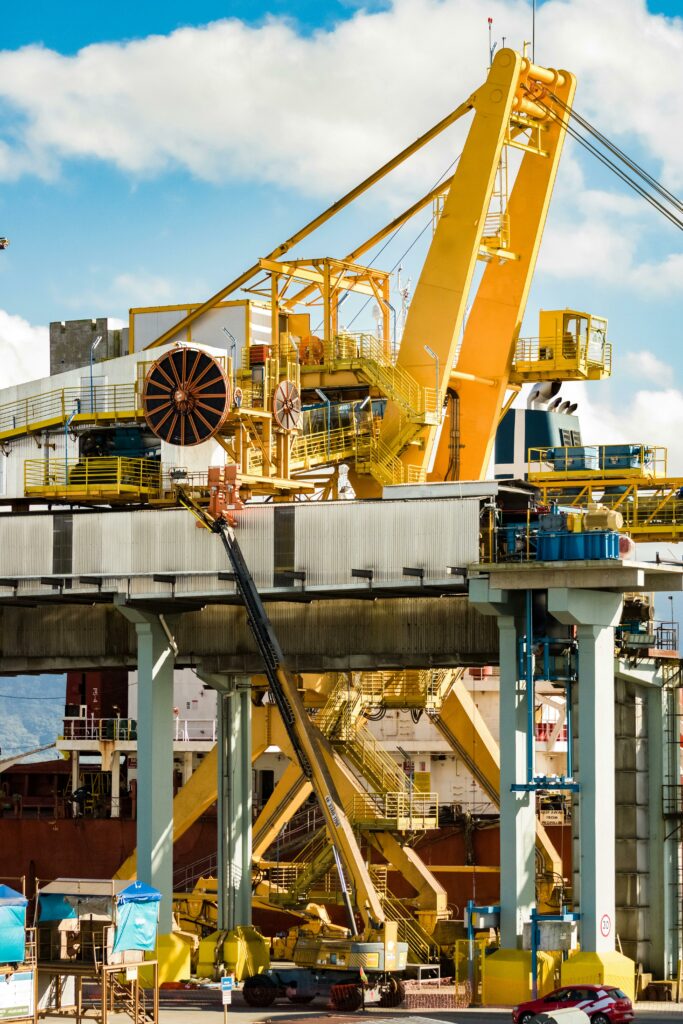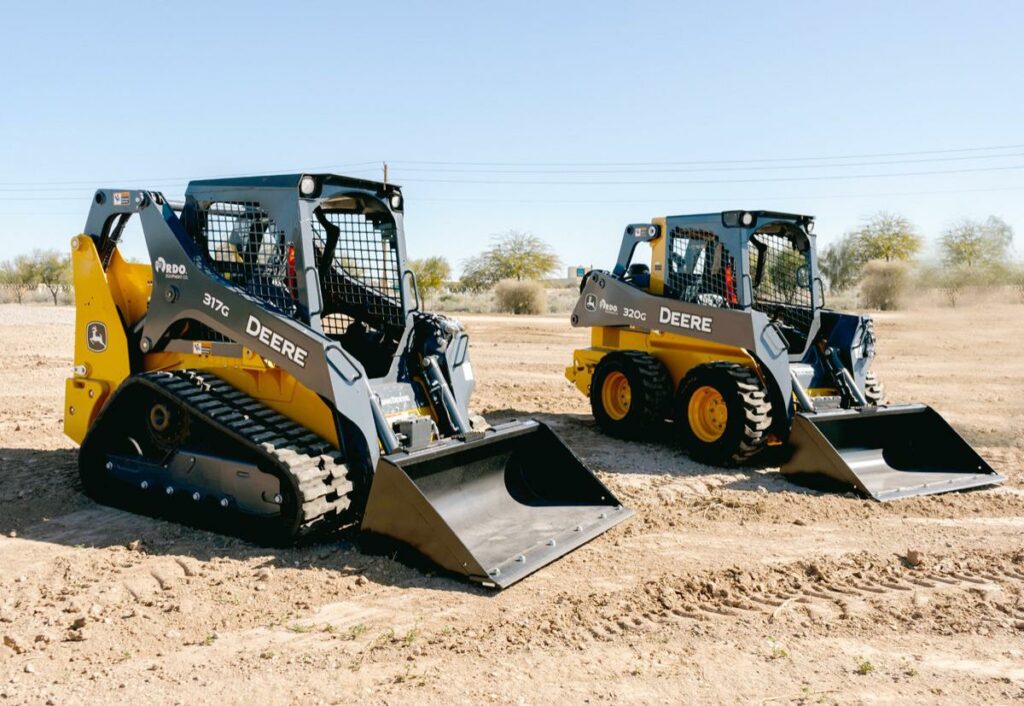Telehandlers vs. Cranes: Which One is Best for Your Construction Project?
When it comes to construction projects, selecting the right machinery is crucial for efficiency and safety. Among the most commonly used equipment are telehandlers and cranes, each with its unique advantages and applications. This blog will compare these two machines to help you determine which one best suits your construction needs.
Understanding Telehandlers and Cranes
What is a Telehandler?
A telehandler, or telescopic handler, is a versatile piece of equipment often used in construction and agriculture. It features a telescoping boom that can extend and retract, allowing it to lift and move loads to various heights and distances. Telehandlers are equipped with various attachments, such as forks, buckets, or grapples, making them suitable for diverse tasks, from lifting materials to digging and moving.
What is a Crane?
A crane is a more specialized piece of heavy machinery designed primarily for lifting and moving heavy loads vertically and horizontally. Cranes come in various types, including tower cranes, mobile cranes, and fixed cranes, each tailored for specific applications. They are essential for tasks requiring high lifting capacity and precision, such as placing steel beams or hoisting large materials onto high-rise buildings.
Key Comparisons Between Telehandlers and Cranes
| Comparison Factor | Telehandlers | Cranes |
|---|---|---|
| Lifting Capacity | 5,000 to 12,000 pounds | Often exceeding 20 tons |
| Reach and Height | Booms can extend up to 60 feet or more; highly maneuverable | Designed for heights of several hundred feet; less maneuverable |
| Versatility | Highly versatile with various attachments for multiple tasks | Specialized for heavy lifting; best for precise placement |
| Operating Environment | Suited for rough terrain and limited space | Best for large sites with stable bases and ample space |
| Purchase/Rental Costs | Lower purchase and rental costs | Generally more expensive due to complexity |
| Operational Costs | Easier to maintain with lower fuel consumption | Higher maintenance costs and may require specialized operators |
Cost Considerations
1
Purchase or Rental Costs
When evaluating telehandlers and cranes, it’s essential to consider the costs associated with purchasing or renting the equipment.
Used JLG T350 Towable Boom Lift
Used JLG T500J Towable Boom Lift
2
Cost Considerations
Operational costs, including maintenance and fuel consumption, can vary between the two machines.
Conclusion
Choosing between a telehandler and a crane ultimately depends on the specific needs of your construction project. If you require versatility, maneuverability, and lower operational costs, a telehandler may be the better choice. However, if your project involves heavy lifting at great heights and requires precision, a crane would be more suitable.
Before making a decision, consider your project’s requirements, budget, and working environment. Consulting with equipment rental companies or construction professionals can also provide valuable insights into the best option for your needs. By carefully evaluating these factors, you can ensure that you select the right machinery to complete your project efficiently and safely.
Great Experience
DEREK WALTZ
Good service, set up shipping all within our budget, lift was reasonably priced as well. Once the lift was delivered we were happy to see it was actually in better condition that what we expected. Extremely happy with the service will be checking back with them again for future purchases










